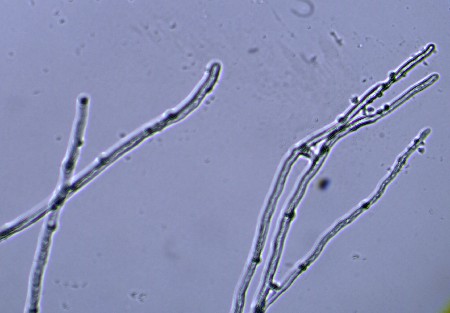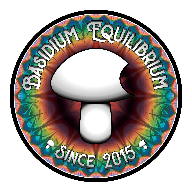Microscopy (mai·kraas-kuh·pee) is the study of microscopic features of living organisms and their feature that exist beyond our own natural field of view. With magnification aids like a compound microscopes, different features of anatomy can be viewed. This is essential when in the world of mycology, as many types of fungi will have microscopic features we’d like to observe and learn about.
General microscopy is when light is transmitted through an objective lens to allow light to pass through small organic materials making them observable.
Learn the basic microscopy to dive into identifying DNA markers, mated mycelia clamp connections and other sub cellular features and events. The microcosm of fungi can be a fascinating area study with an almost endless amount to learn, observe and identify.
Mycelium is the vegetative body of fungi and live entirely subterranean (underground). Some fungi mycelium create partnerships with surrounding plant life, developing an exchange of resources with trees and plants.
All mushrooms seem to connect a symbiosis to their environment and have impacts on their environments and help create diverse micro biomes. Soil rumination programs and research projects are clearing the way for a healthier environment for the future,

You can gain amazing insight observing these organisms throughout their life cycle. Watch as they colonize agar media, take samples for your microscope and make valuable observations. Looking for educational resources? Check out our YouTube for tutorials and other mycologists sharing valuable information.
At Mycelium Works we strive to offer one of kind samples for any researcher, hobbist, and collector alike. For Microscopy use only.
